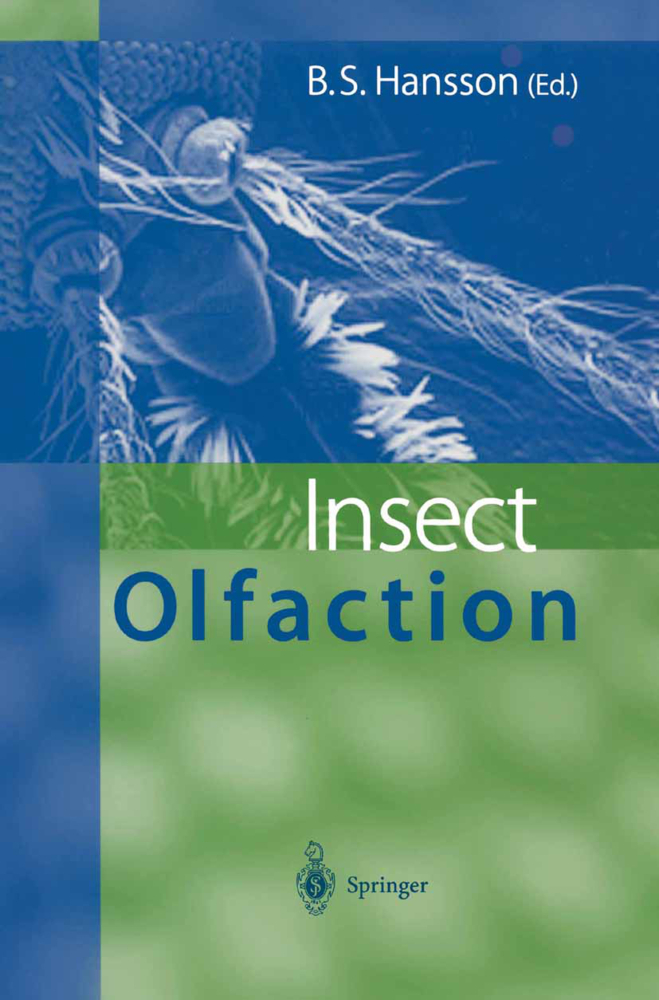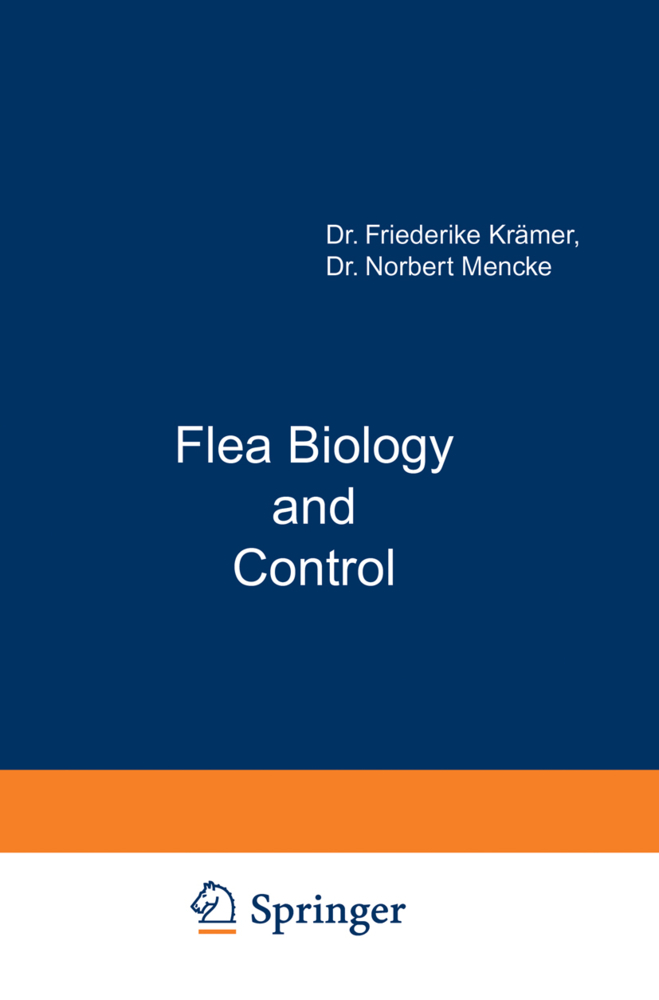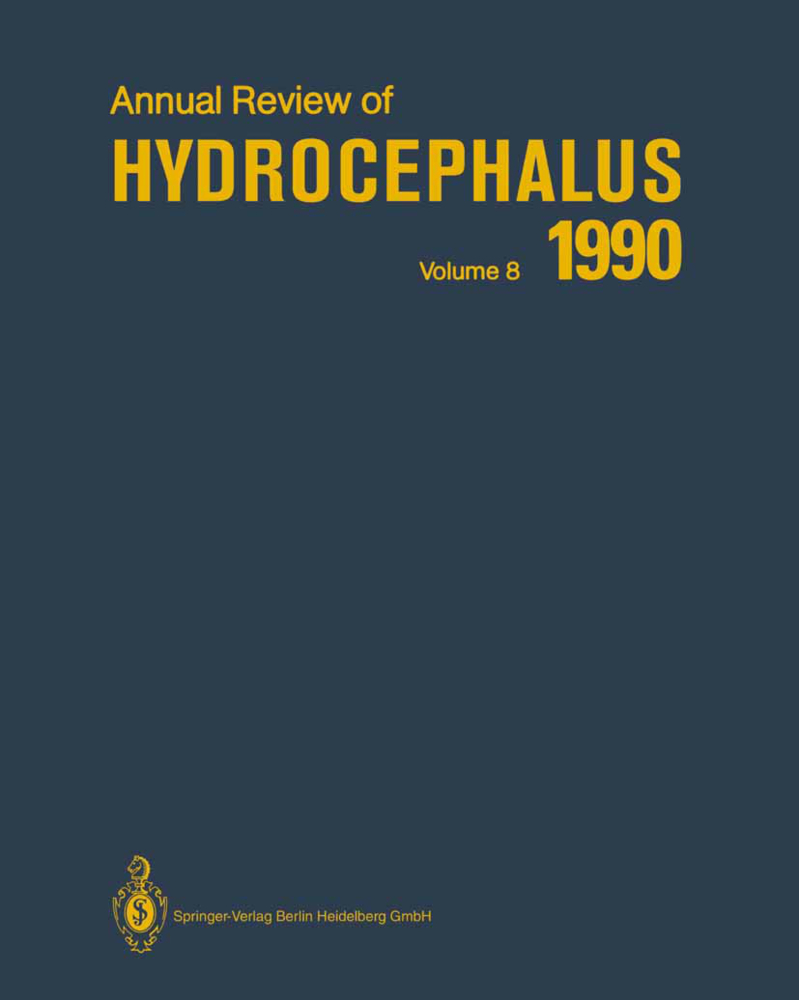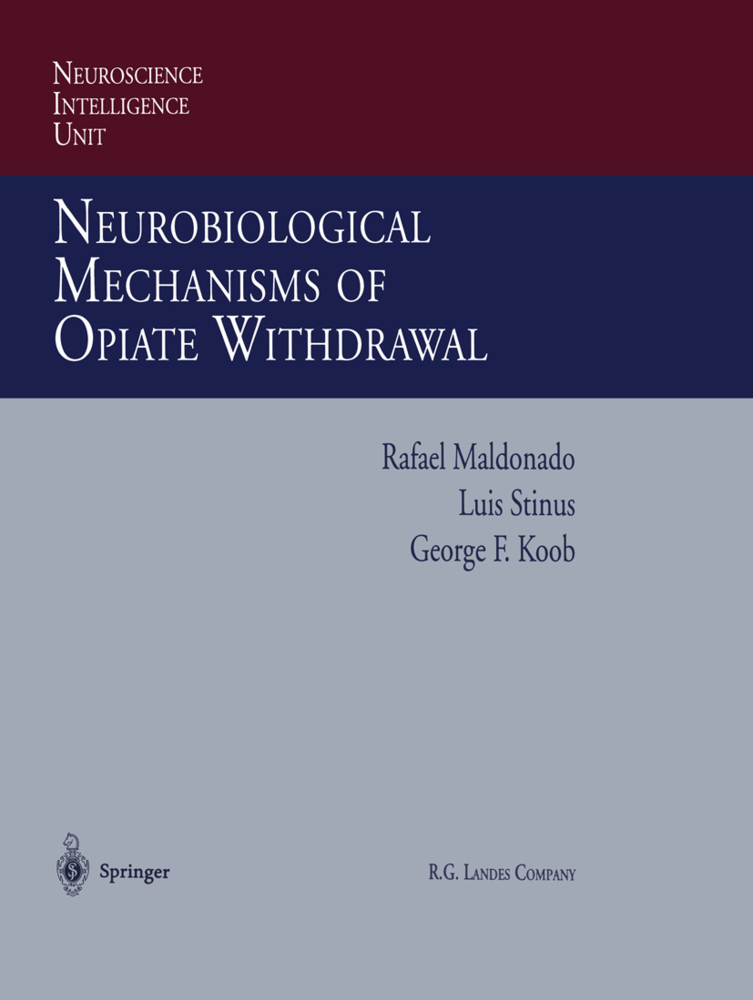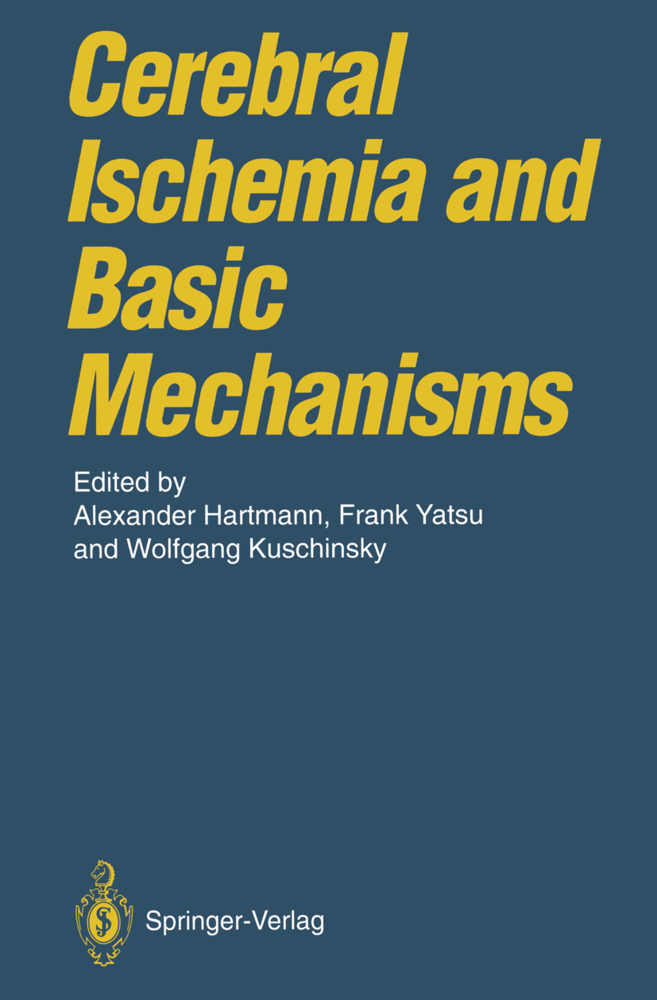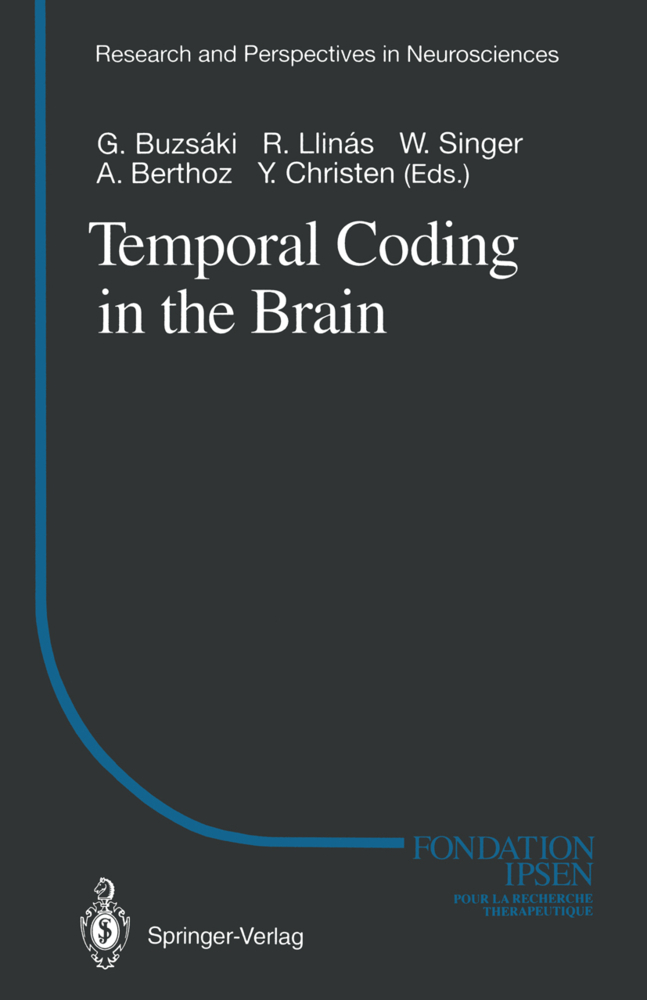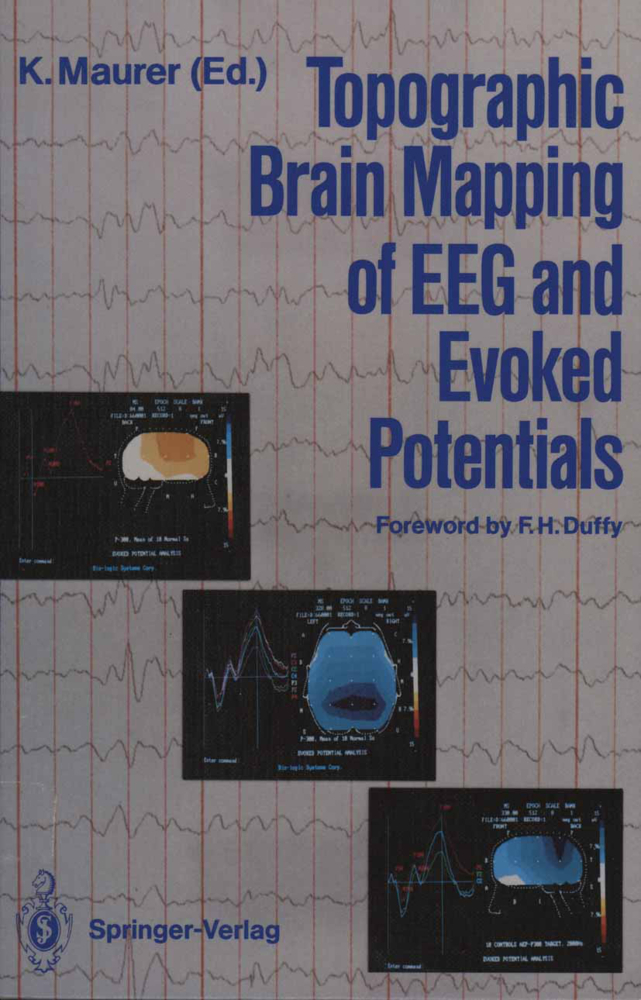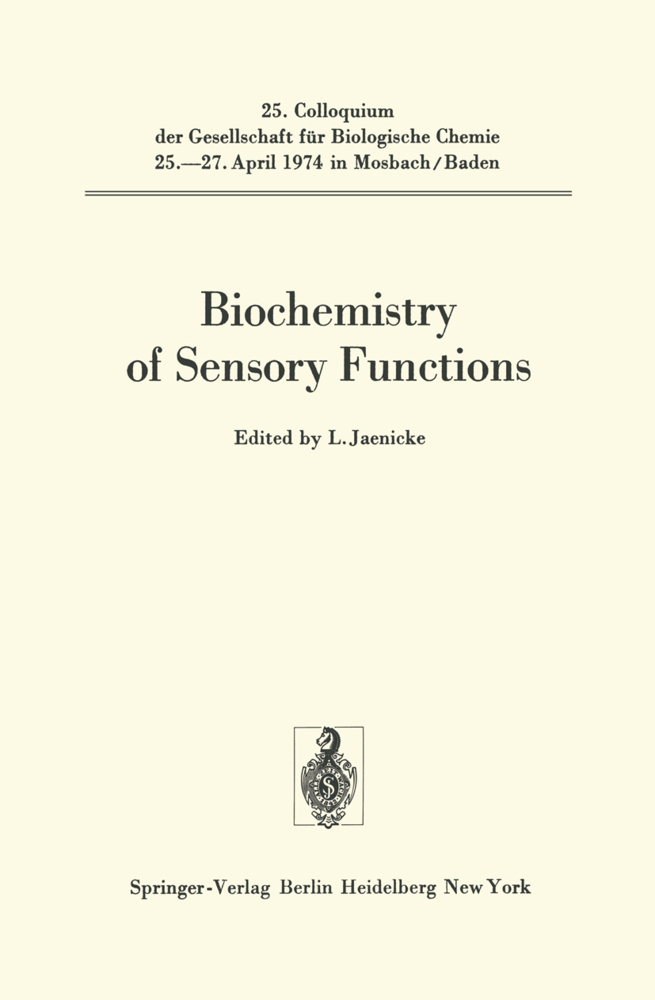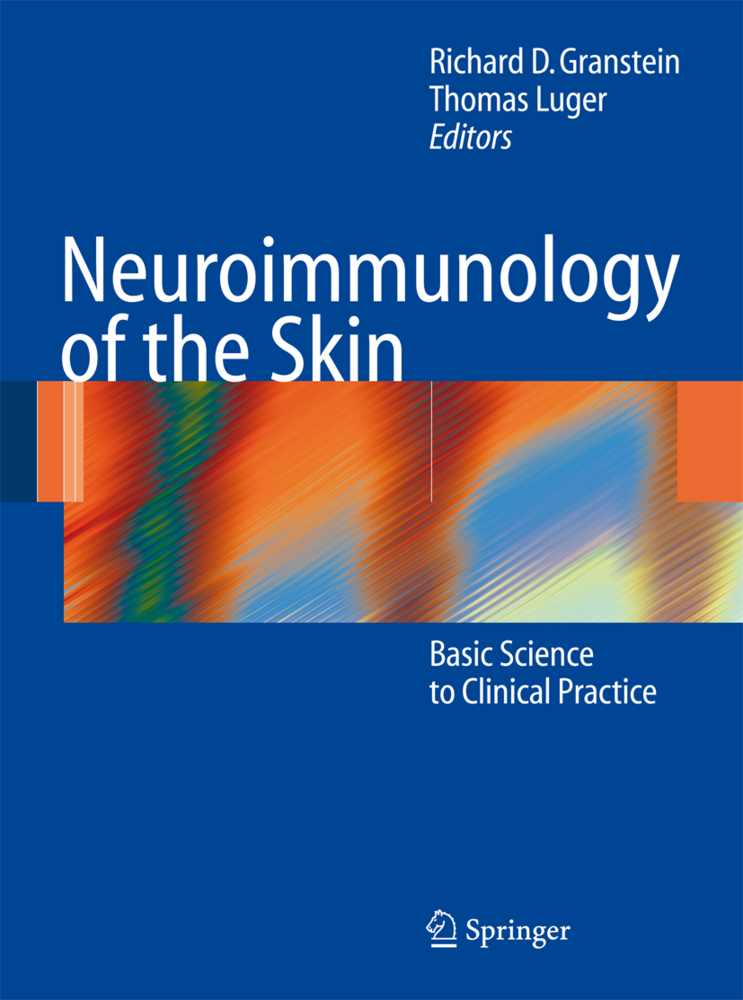Insect Olfaction
Insect Olfaction
JOHN G. HILDEBRAND Research on insect olfaction is important for at least two reasons. First, the olfactory systems of insects and their arthropod kin are experi mentally favourable models for studies aimed at learning about general principles of olfaction that apply to vertebrates and invertebrates alike. Detailed comparisons between the olfactory pathways in vertebrates and insects have revealed striking similarities of functional organisation, physiol ogy, and development, suggesting that olfactory information is processed through neural mechanisms more similar than different in these evolution arily remote creatures. Second, insect olfaction itself is important because of the economic and medical impact of insects that are agricultural pests and disease vectors, as well as positive impact of beneficial species, such as the bees and moths responsible for pollination and production of honey. The harm or benefit attributable to an insect is a function of what it does - that is, of its behaviour - which is shaped by sensory information. Often olfaction is the key modality for control of basic insect behaviour, such as ori entation and movement toward, and interactions with, potential mates, appro priate sites for oviposition, and sources of food. Not surprisingly, therefore, much work on insect olfaction has been motivated by long-term hopes of using knowledge of this pivotal sensory system to design strategies for mon itoring and managing harmful species and fostering the welfare of beneficial ones.
3 Function of Peripheral Olfactory Organs
4 Antennal Lobe Structure
5 Functional Characteristics of the Antennal Lobe
6 Neural Dynamics, Oscillatory Synchronisation, and Odour Codes
7 Neuroactive Substances in the Antennal Lobe
8 Development of Olfactory Glomeruli
9 Protocerebral Olfactory Processing
10 Olfactory Neurogenetics
11 Olfactory-Released Behaviours
12 Applied Aspects of Insect Olfaction
References.
1 Morphology and Development of the Peripheral Olfactory Organs
2 Perireceptor Events and Transduction Mechanisms in Insect Olfaction3 Function of Peripheral Olfactory Organs
4 Antennal Lobe Structure
5 Functional Characteristics of the Antennal Lobe
6 Neural Dynamics, Oscillatory Synchronisation, and Odour Codes
7 Neuroactive Substances in the Antennal Lobe
8 Development of Olfactory Glomeruli
9 Protocerebral Olfactory Processing
10 Olfactory Neurogenetics
11 Olfactory-Released Behaviours
12 Applied Aspects of Insect Olfaction
References.
Hansson, Bill S.
| ISBN | 978-3-642-08449-2 |
|---|---|
| Artikelnummer | 9783642084492 |
| Medientyp | Buch |
| Copyrightjahr | 2010 |
| Verlag | Springer, Berlin |
| Umfang | X, 458 Seiten |
| Abbildungen | X, 458 p. |
| Sprache | Englisch |

